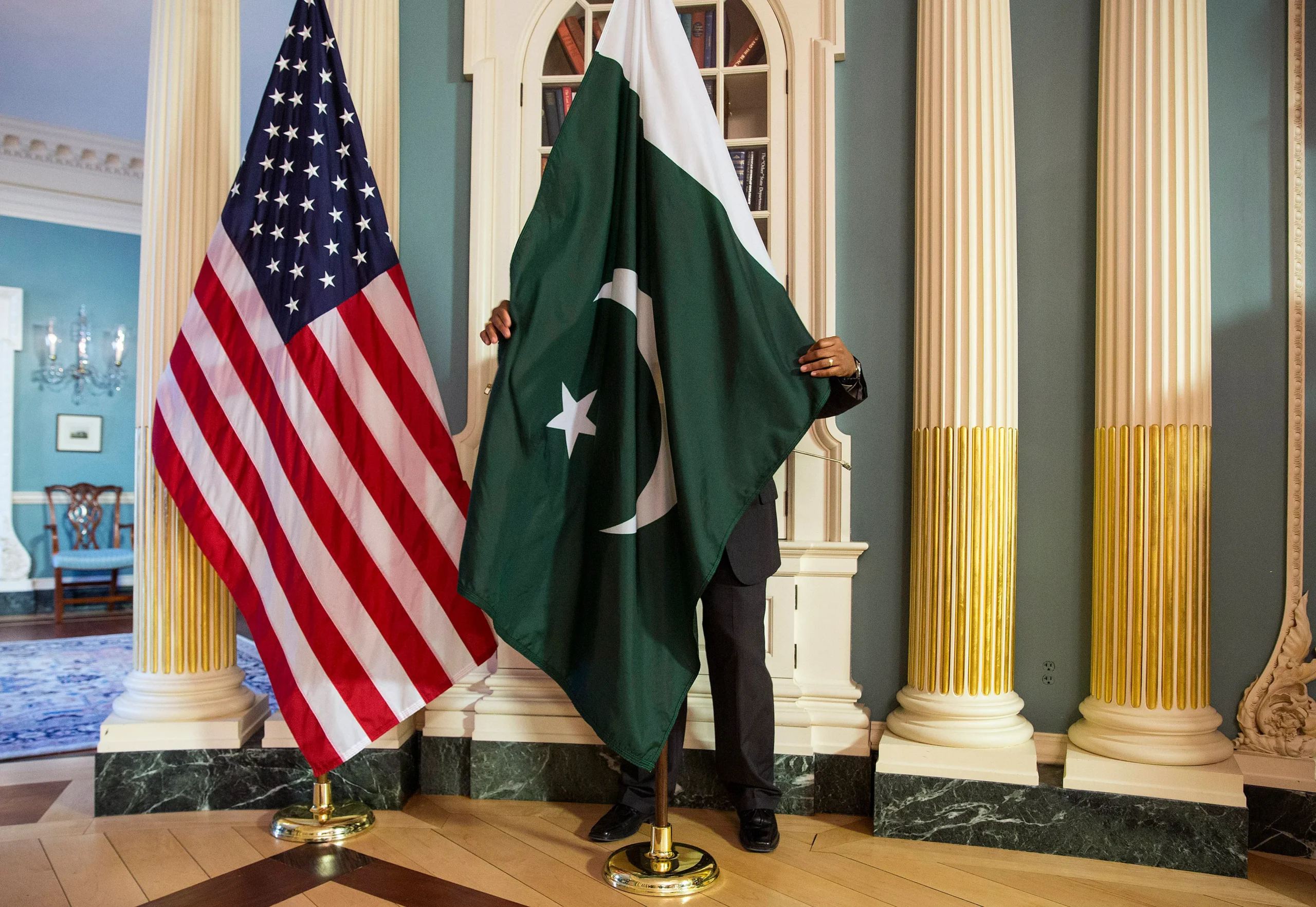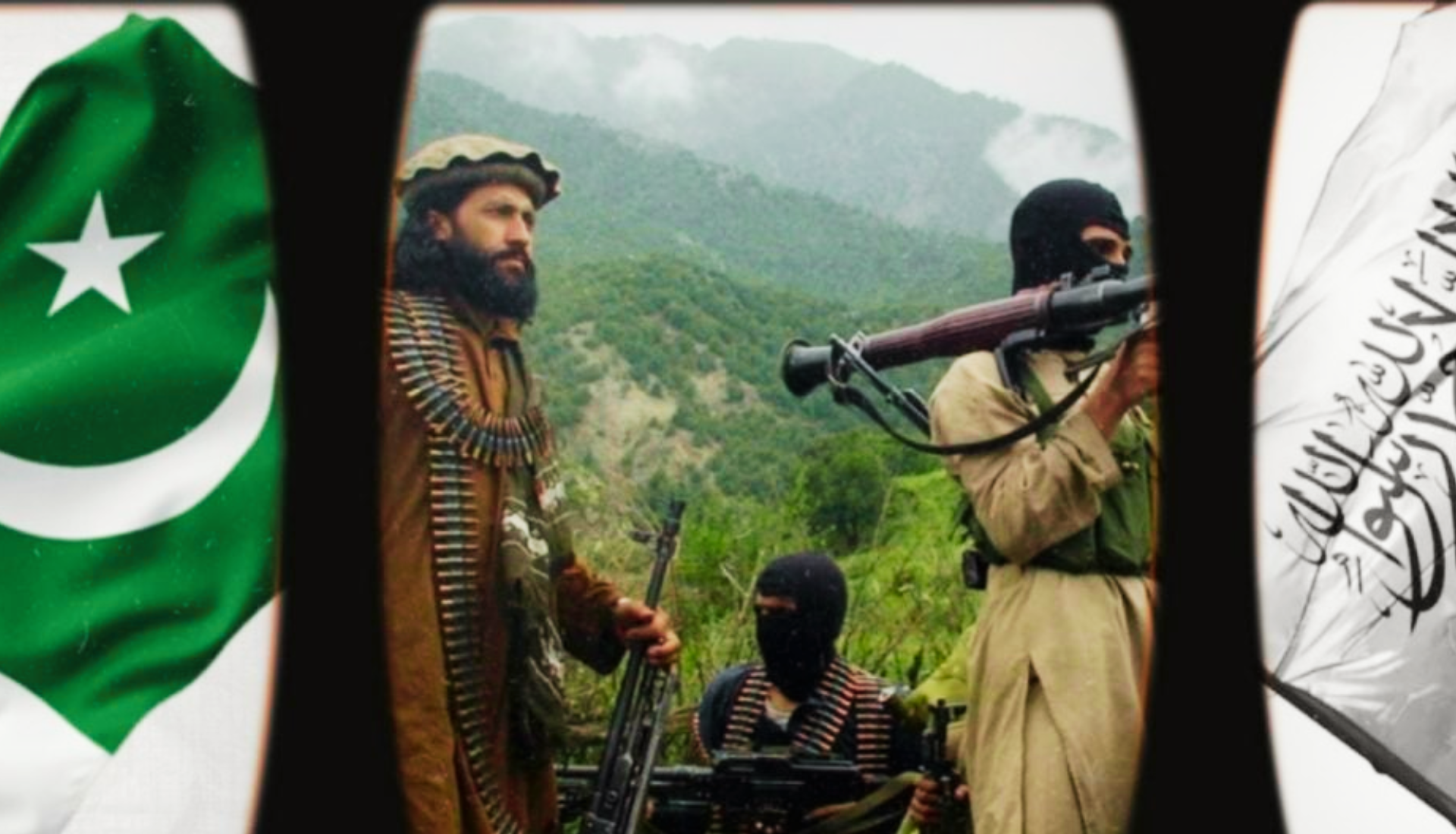Is the Islamic Emirate of Afghanistan (IEA) playing around the issue of women education to achieve some diplomatic leverages? This is a matter of interest for the world at large and for all those tirelessly campaigning for the cause. Post-August 2021, Afghanistan became the only country where girls are prohibited from attending secondary school and pursuing higher education. Women are also barred from working. More than a year has passed since authorities told young girls to return home on what could have been their first day of the academic year on March 23, 2022. This has become a policy issue that authorities conveniently sideline until they forget about it. Or is it not an issue at all for the ruling government of the IEA?
The IEA has not yet given in to any pressure by the world community as far as the matter of girls’ education goes.
Only repeatedly it has been termed as an “internal matter” that is not open for discussion and deliberation. Many are curious about how the IEA adopted such a hardline stance on women. Is there a flip side where they are trying to bargain for something significant in return? If this is the case, no spokesperson from the interim government has hinted at such a possibility. Even when the UN Deputy Secretary General, Amina Mohammed, visited the country in January this year, the IEA showed no sign of willingness to negotiate.
Women’s Education in Afghanistan
One issue has invited the loudest hue and cry from countries worldwide. The international civil society, multilateral forums, and the Afghan diaspora have all voiced their concerns. This issue is women’s education in Afghanistan. On the diplomatic front, the IEA has shown all desire to engage with regional as well as trans-regional countries.
This openness has led many to believe that the new IEA government is more progressive, receptive, and inclined to integrate into the world. However, this view of the IEA government collapses when even the most progressive factions of the ruling lot remain indifferent to the cries of young Afghan girls. They are just as unresponsive as the conservative factions. This indifference only validates the fear among Afghans that, against their wishes, they will be pushed back into the darkness of the Taliban’s first rule (1996-2001).
When the Taliban regime fell in 2001, there was not a single girl enrolled in primary schooling and only a few in secondary school.
The years that followed, despite being years of war, saw enrollment of girls to schools; a number as large as over 3 million. A number that is now stranded and stuck outside of schools and inside homes. Those who were in universities await a decree that at least allows them to complete and earn their degrees.
Struggle for Education
Indeed, formal education for girls in Afghanistan has suffered major setbacks over the course of history. These setbacks have carved out two major trends in pursuing education. One being informal schools run in house basements; often referred as Afghanistan’s secret schools. Such schools often have the support of NGOs and INGOs. With the IEA government imposing a ban on women working with such organizations, this trend will likely suffer a halt. The other major trend among Afghan females has been relocating and permanently settling in other countries to achieve the education they are deprived of back home. This trend accounts for a diaspora population as large as 2.6 million, a figure from before the fall of Kabul. It is natural to assume this number has only increased since then.
Drawing from the precedence of the Taliban of the 90s and from what has been set out for the world by the Taliban 2.0 since reassuming power, it becomes imperative to look into the matter from a standpoint of how the IEA government views women.
A renowned Afghan academic, Obaidullah Baheer, points to the “ideological” and “religious” convictions that drive the Taliban’s view of women and their policies. He refers to the “only available” written manifesto, authored by Chief Justice Mawlawi Abdul Hakim Haqqani. This manifesto serves as a guide to understanding how the government of the IEA interprets various references from the life of the Holy Prophet ﷺ and from the Quran. These interpretations lead them to believe that women best belong inside homes.
The Only Way to Convince the Taliban
However, other renowned Islamic scholars have interpreted the same instances and Quranic verses differently, as noted by Baheer. This means that while the Taliban’s policies regarding women’s education appear staunch, there is still one way to shift this stance. If the world believes it can diplomatically pressure the IEA into reversing the ban on girls’ education, it might be mistaken about the Taliban. Qatar successfully mediated between the US and the Taliban. The US still hopes to communicate through the same channel, as evidenced by the recent meeting between Qatar’s Prime Minister and the Emir. However, addressing the deep “ideological conviction” behind these policies is crucial.
Unlike the West, the Islamic world understands this a little better. The OIC issued statements on the ban repeatedly, but it still has a long way to go before it can summon Islamic scholars from around the world to delve deeper into the interpretations of Shariah and the Holy Book. This does not mean that the IEA government will easily accept counter-interpretations. However, it is possible that the world will realize that the current regime in Kabul is not using women’s education in Afghanistan as a bargaining tool for seeking legitimacy.
The views expressed in this article are the author’s own. They do not necessarily reflect the editorial policy of the South Asia Times.







